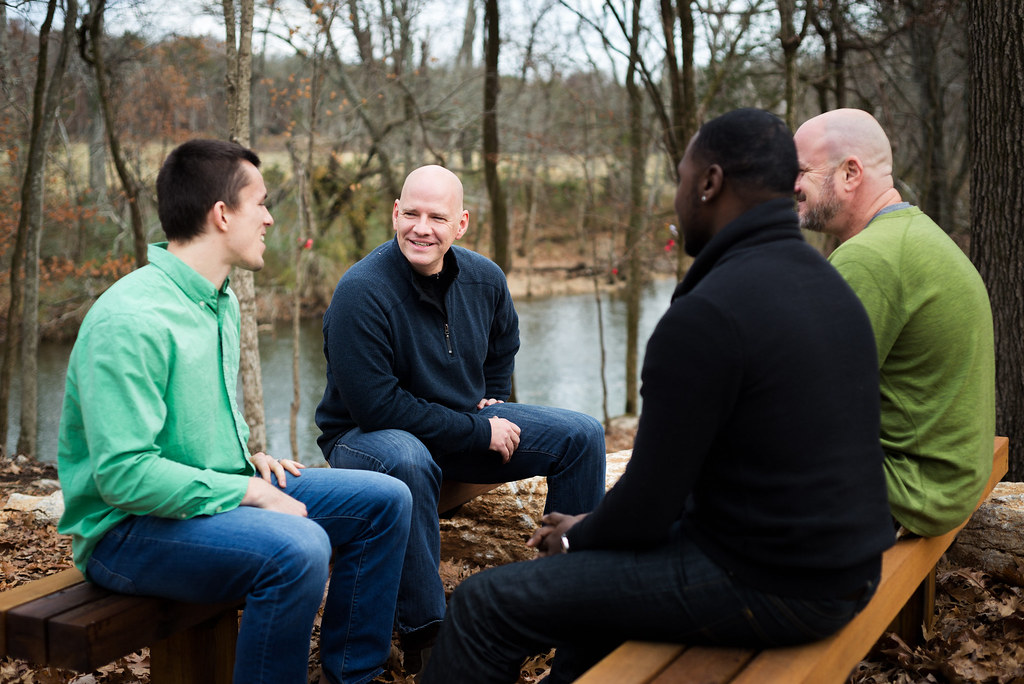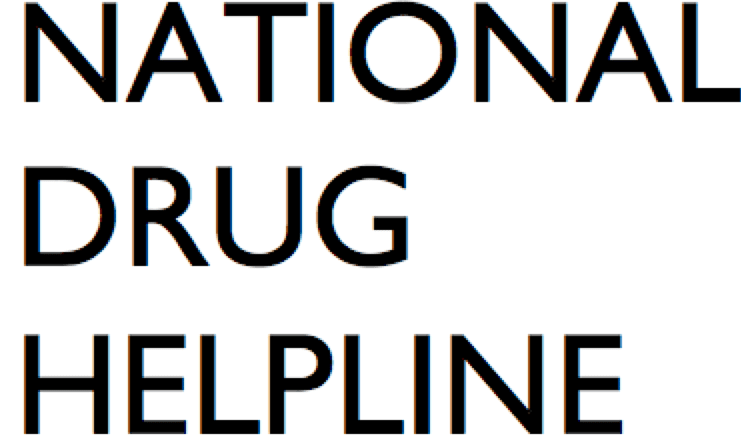When you are dealing with addiction, one size does not fit all. Each person’s journey to recovery is unique, and it’s important to understand that many different factors, including your gender, play a significant role not only in how addiction affects you but also how you respond to treatment. Gender-specific treatment approaches are designed to recognize these differences and provide you with a tailored treatment plan that addresses your specific needs and challenges. A drug addiction hotline in West Virginia can help you find personalized treatment programs for men, women, and gender-diverse individuals struggling with addiction.
The National Drug Helpline is a toll-free number 1-844-289-0879 that operates 24/7, 365 days a year. Our goal is to give you instant access to updated information about addiction treatment in West Virginia. All calls to the helpline are answered by trained professionals who can understand your challenges, offer solutions, connect you to local resources, and offer guidance in a safe, non-judgmental space.
Call 1-844-289-0789 today to get answers to all your questions about substance abuse and addiction. We guarantee complete privacy and confidentiality for yourself or your loved one. Call us to find drug and alcohol treatment facilities in Charleston, Huntington, Parkersburg, Morgantown, Wheeling, and other communities in West Virginia.
WEST VIRGINIA SUBSTANCE ABUSE RESOURCES
- West Virginia Department of Health and Human Services – Programs
- Alcoholics Anonymous Meetings in West Virginia
- West Virginia Department of Education – Substance Abuse Prevention
- West Virginia Drug Use Trends
- West Virginia DUI Laws
SUBSTANCE ABUSE BY YOUTH IN WEST VIRGINIA
The West Virginia Youth Risk Behavior Survey 2021 showed the following findings among 9th, 10th, 11th, and 12th graders in the state: [1]
ALCOHOL USE
- Percentage of students who had their first alcoholic drink before age 13 years: 13.7%
- Percentage of students who currently drank alcohol: 23.8%
- Percentage of students who were currently engaged in binge drinking on at least 1 day in the past 30 days: 12.2%
- Percentage of students who go the alcohol they drank by someone giving it to them: 40.1%
- Percentage of students who reported they had 10 or more drinks in a row within a couple of hours in the past 30 days: 3.6%
MARIJUANA USE
- Percentage of students who ever used marijuana: 30.6%
- Percentage of students who tried marijuana for the first time before age 13 years: 6.5%
- Percentage of students who used currently used marijuana in the past 30 days: 16.4%
- Percentage of students who ever used synthetic marijuana (spice, K2, black mamba, fake weed): 6.3%
PRESCRIPTION PAIN MEDICATION MISUSE
- Percentage of students who ever took prescription pain medications such as codeine, Vicodin, OxyContin, or Percocet without a doctor’s prescription or differently than prescribed: 12.3%
EXPOSURE TO DRUGS AND ALCOHOL
- Percentage of students who ever used cocaine: 2.4%
- Percentage of students who ever used inhalants (glue, aerosol cans, paints, sprays): 5.9%
- Percentage of students who ever used heroin (smack, junk, China White): 1.0%
- Percentage of students who ever used methamphetamines (speed, crystal meth, ice, crank): 0.8%
- Percentage of students who ever used ecstasy: 3.2%
- Percentage of students who ever injected an illegal drug: 1.3%
- Percentage of students who were ever offered, given, or sold an illegal drug on school property: 20.5%
SUBSTANCE ABUSE IN WEST VIRGINIA
The Substance Abuse and Mental Health Services Administration (SAMHSA) reports the following with regards to substance use in West Virginia: [2]
YOUTH AGED 12-17 YEARS
- Past-month marijuana use was reported by 6.4% of adolescents in 2017-2019 compared to 7.6% in 2002-2004. During a similar timeframe, the US national average decreased from 7.9% in 2002-2004 to 6.8% in 2017-2019.
- Past-month alcohol use was reported by 9.0% of youth in 2017-2019 compared to 16.5% in 2002-2004. The US national average also showed a downward trend from 17.6% in 2002-2004 to 9.4% in 2017-2019.
- Past-month illicit drug use was reported by 7.6% of West Virginia teens aged 12-17 years in 2017-2019 compared to 5.2% in 2015-2017. The US national average was stable at 8.2% during this time.
- Past-year initiation of substances (first lifetime use) was reported by youth as follows during 2017-2019: Alcohol 9.9% (US average 9.3%), marijuana 5.2% (US average 5.2%), and cigarettes 2.7% (US average 2.3%).
Marijuana and alcohol use among adolescents in West Virginia have shown positive trends with decreased usage in 2019 compared to 2002. However, the illicit drug use has increased between 2015 and 2019.
YOUNG ADULTS AGED 18-25 YEARS
The data for young adults aged 18-25 years in West Virginia is as follows:
- Past-year marijuana use was reported by 31.2% of young adults in West Virginia in 2017-2019 compared to 30.6% in 2002-2004. During a similar timeframe, the US national average increased from 28.7% in 2002-2004 to 35.0% in 2017-2019.
- Past-year marijuana use disorder was reported in 4.6% of young adults aged 18-25 years in West Virginia in 2017-2019, compared to 6.3% in 2002-2004. The US national average changed from 6.0% in 2002-2004 to 5.6% in 2017-2019.
- Past-year opioid use disorder was reported in 1.8% of young adults in West Virginia in 2017-2019 compared to 2.0% in 2015-2017. The US national average changed from 1.3% in 2015-2017 to 1.0% in 2017-2019.
- Past-year illicit drug use disorder was reported in 7.6% of West Virginia residents aged 18-25 years in 2017-2019 compared to 6.6% in 2015-2017. The US national average was around 7.2% to 7.5% during this time period.
- Past-month binge alcohol use was reported by 33.6% of young adults in 2017-2019 compared to 40.1% in 2015-2017. The US national average in 2017-2019 was 35.4% showing binge alcohol use in West Virginia is slightly lower compared to the country as a whole.
- Past-year alcohol use disorder among young adults aged 18-25 was reported in 7.3% of West Virginia residents in 2017-2019, compared to 16.7% in 2002-2004. The US national average for 2017-2019 was 9.8%. West Virginia therefore has a lower percentage of young adults battling alcohol use disorder compared to the US average for all states.
- Past-year substance use disorder was reported in 13.4% of young adults aged 18-25 years in West Virginia in 2017-2019 compared to 13.8% in 2015-2017. The national average has hovered between 15.1% and 14.7% during this time.
WEST VIRGINIA RESIDENTS 12 YEARS OF AGE AND OLDER
The Behavioral Health Barometer also found the following for 2017-2019 in West Virginia residents aged 12 years and older:
- Past-year tobacco use: 39.7% (US average 26.8%)
- Past-year marijuana use: 13.8% (US average 16.2%)
- Past-year marijuana use disorder: 1.2% (US average 1.6%)
- Past-year heroin use: 0.61% (US average 0.30%)
- Past-year prescription painkiller misuse: 3.1% (US average 3.7%)
- Past-year opioid use disorder: 1.0% (US average 0.7%)
- Past-year illicit drug use disorder: 2.8% (US average 2.9%)
- Past-year alcohol use disorder: 3.8% (US average 5.3%)
- Past-year substance use disorder: 6.0% (US average 7.4%)
- Number of people enrolled in substance use treatment (single day counts for 2019): 10,109
- Number of people enrolled in opioid treatment programs (single day counts for 2019): 2,454
- Problems among people enrolled in treatment: 69.0% drug problem only, 9.7% alcohol problem only, 21.3% both drug and alcohol problems

WHAT IS THE IMPORTANCE OF GENDER-SPECIFIC TREATMENT IN ADDICTION RECOVERY?
Here are some reasons why calling a West Virginia drug addiction helpline to find gender-responsive care can benefit you.
Recognize Your Unique Needs
Gender-specific treatment begins by recognizing that you are not just a person with an addiction but an individual with a distinct set of needs, challenges, life experiences, and responses. Men, women, and gender-diverse individuals often face different social, psychological, and biological factors that contribute to their addiction. For example, women may be more likely to have co-occurring mental health disorders, while men may struggle with different societal expectations and pressures. Choosing a gender-responsive rehabilitation program that understands these differences is the first step toward getting effective treatment.
Address Social and Cultural Factors
Your gender has a profound influence on the roles and expectations society places on you. Gender-specific treatment acknowledges the impact of these social and cultural factors on your addiction. For example, women may experience stigma differently than men. Gender-diverse individuals often face unique challenges related to discrimination and acceptance. A drug addiction helpline in West Virginia can help you find tailored treatment programs that provide a safe space to address these issues, giving you a sense of belonging and acceptability.
Increased Comfort and Trust
Entering treatment for substance use disorders can be an overwhelming and frightening experience. Gender-specific treatment programs create a comfortable environment where you can openly discuss your struggles and feelings without fear of judgment. When you feel understood and accepted, it becomes easier to trust your treatment providers and engage fully in the recovery process.
Access to Targeted Therapies
Your journey to recovery may require different therapeutic approaches based on your gender. For example, women often benefit from trauma-informed care that addresses their past experiences, while men may find value in group therapy sessions focused on communication and emotional expression. Gender-specific treatment allows your treatment providers to select therapies that best suit your needs. [3]
Building Supportive Communities
Recovery is not a solitary endeavor. A West Virginia drug addiction hotline can help you find gender-specific treatment programs where you can connect with others who share similar experiences and challenges. These communities provide a strong support network, fostering a sense of camaraderie and understanding. This can be instrumental in helping you maintain sobriety.
Improved Outcomes
Research has shown that gender-specific treatment approaches are associated with better outcomes. When you receive care that is tailored to your unique needs, you are more likely to stay engaged in treatment and achieve lasting recovery. These programs equip you with the tools and strategies specifically suited to your situation, increasing your chances of success.
The National Drug Helpline (1-844-289-0879) is with you every step of the way on your journey to overcome addiction. We can help you find gender-specific treatment programs in West Virginia that take a holistic approach to drug and alcohol rehab. Call us today to find a program that acknowledges and addresses your unique needs, challenges, and experiences. By addressing social, cultural, and psychological factors associated with your gender, gender-responsive care can give you a better chance at achieving and maintaining sobriety.
- Centers for Disease Control and Prevention. West Virginia Youth Risk Behavior Survey 2021. Available online. Accessed on September 29, 2023.
- SAMHSA. Behavioral Health Barometer West Virginia. Available online. Accessed on September 29, 2023.
- SAMHSA. Addressing the Specific Needs of Women for Treatment of SUD. Available online. Accessed on September 29, 2023.
Last updated: April 4, 2025
